Many of the most famous ballets ever created feature the ballerina in an other-worldly role. She is the queen of the fairly-tale sweet land in the Nutcracker, she is the hauntingly beautiful ghost in Giselle, she is both the gentle white and the malevolent black swans in Swan Lake, she is the precious, untouchable princess in Sleeping Beauty and the list goes on. It is no wonder, then, that there is an almost ethereal quality for which every ballerina strives: her long, thin, powerful legs carrying her through quick, intricate allegro sequences that leave her hovering angelically above the stage; her beautiful arches supporting her in multiple turns en pointe; her slender arms placed in precise positions so that she looks at once demurely feminine and strangely powerful and influential; and that incredible neck-line which allows the body to seem, if possible, even longer, closer to heaven.
For much of my life, I have yearned to create the ballerinas’ perfect, long arabesque line in studios from South Dakota to Singapore. I have coveted the professional primas’ incredible turn-out and their elongated musculature at they danced across stages from London to Minneapolis. I have longed for that enviable juxtaposition of powerful femininity in my own performing pursuits from Asia to Wyoming. I am no stranger to this powerful desire burning inside my core when I am myself dancing, enveloped in the familiarity of a ballet studio, and when I am watching the magical, enchanting world of a romantic-era ballet unfold on a grand stage. It is a common desire lit by a common set of circumstances: the smooth wooden floor, the smell of worn leather, the velvety leotards.
Imagine my surprise, then, when this proverbial desire’s flame was ignited, not by the familiar triggers in some ballet studio or in the plush seats of a theatre, but rather in a secluded hill tribe village in northern Thailand.
Over the National Day holiday, I traveled with Stephanie and her mom, Clara, to Chiang Mai. Located among the highest mountains in the country, the largest city in northern Thailand serves as not only a cultural center but also as the access point to incredible jungle excursions and visits to local hill tribes.
While there, we were able to visit one of the refugee villages in the area which serves as a home to several sub-groups of the Karen people, a Tibeto-Burman ethnic minority. One of the sub-groups, the Kayan or Padaung, fled to northern Thailand in the late 1980s and early 1990s due to conflict with the military regime in Burma. And in northern Thailand they remain, living with uncertain legal status, limited access to medical care, and only enough land to produce food for themselves. While the men work during the day, the women remain in the village, selling their wares for tourists’ dollars. Yet, despite the hardships they have faced (which as a disclaimer, I can in no way relate to), there does not seem to be sadness in their eyes. The women smile, chatting and laughing as they weave their beautiful threads into intricate fabrics, the children play a game like jacks with the smooth stones they have polished when they are not attending school taught by volunteers in their one-room school house, and the babies laze happily in cotton hammocks in the shade provided by the wooden houses. They are the most beautiful people I have ever seen.
And, it was in this village that I found myself once again longing for that swan-like neck of a beautiful ballerina. You see, this was not the first time I had laid eyes on the Kayan people. Though never in person, I had often seen photographs of these beautiful women with their impossibly long neck lines and incredibly poised demeanor in my dance history classes in college. The Kayan people are well-known for that graceful neck-line for which we so often strive in ballet.
We are shown pictures of the Kayan people in dance history classes to emphasize the fact that throughout history and in many places around the world, people have found and still find the long neck line to be an aesthetically pleasing quality. And, in fact, as ballet developed, it also developed a focus on the beauty of an elongated neck in the same way the Kayan appreciate long necks.
In ballet, we are trained to hold the neck upright and the pull the scapula and shoulders down in an attempt to create the ethereal quality necessary for the perfect line. Often, though, genetics also play a major role in giving a ballerina her desirable elongated limbs. The Kayan people, however, take matters into their own hands in order to create the visually pleasing neck-line.
From a young age the Kayan Lahwi women wear coils of brass around their necks, an ornament the women associate with cultural identity and beauty. As they grow older, the coils, which are wrapped around their necks during a process in which the brass is heated to make it more malleable, become longer. Over time, the weight of the brass pushes the collarbone down and compresses the rib cage creating the illusion of a stretched neck. The women rarely remove the rings as both coiling and uncoiling are lengthy procedures, and after a long period of wear, the rings become in integral part of the body. While a long neck line helps to earn ballerinas the leading roles, the Kayan women’s neck length determines their dowry.
Ideas regarding the reason the women wear the coils range from increasing attractiveness (it exaggerates sexual dimorphism as women naturally have longer necks than men) to creating a closer resemblance to a dragon, an important creature in Kayan folklore. Many Kayan women, though, simply view the rings as a part of their ethnic costume.
Among these beautiful women in their own hill tribe village, I was reminded that the beauty and grace associated with a long neck can be translated across cultures and across times. And what a wonderful experience to see in person the women whom I have often admired in the same way I admire Giselle, Sleeping Beauty, and the Sugar Plum Fairy.
xoxo,
Rachel
Monday, August 16, 2010
Subscribe to:
Post Comments (Atom)

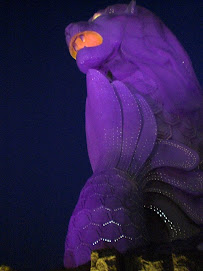





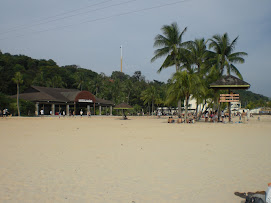


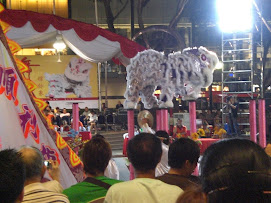







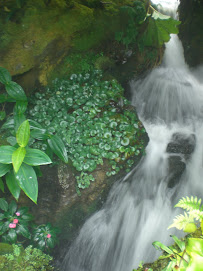





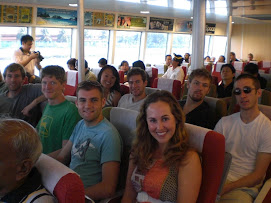

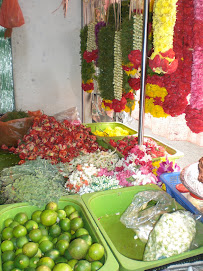


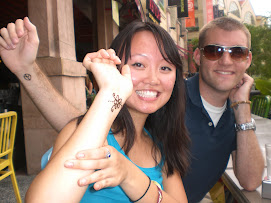



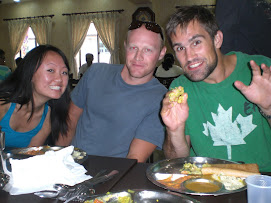


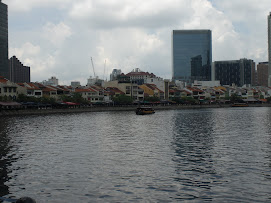



No comments:
Post a Comment